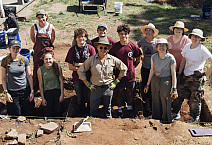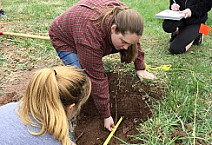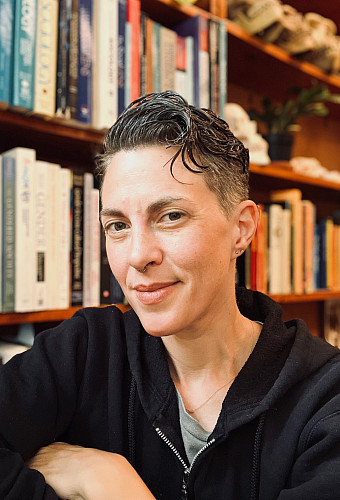Katharine Meade Davis
Kate Davis is an anthropological archaeologist whose research focuses on the pre-Inkan Andean civilization; the Tiwanaku in Bolivia. Interested in the lives of everyday people that made up the majority of the population at the monumental urban site, her excavations involving students and local indigenous people have focused on the residential structures where the people lived. These households were important places where multi-generational families would have cooked, feasted with their friends, performed rituals, made pottery, and buried their dead.
Department
Degrees
- B.A., University of Pennsylvania
- M.A., ABD Ph.D., Harvard University
Teaching
Archaeological Field School with Historic Trappe
Introduction to Sociocultural Anthropology
Archaeology
Witchcraft, Magic, and the Supernatural
Ethnography
Rise of Complex Societies
Introduction to Forensic Anthropology
Research Interests
Zooarchaeology
Religious and Ethnic Identity
Body Modification




